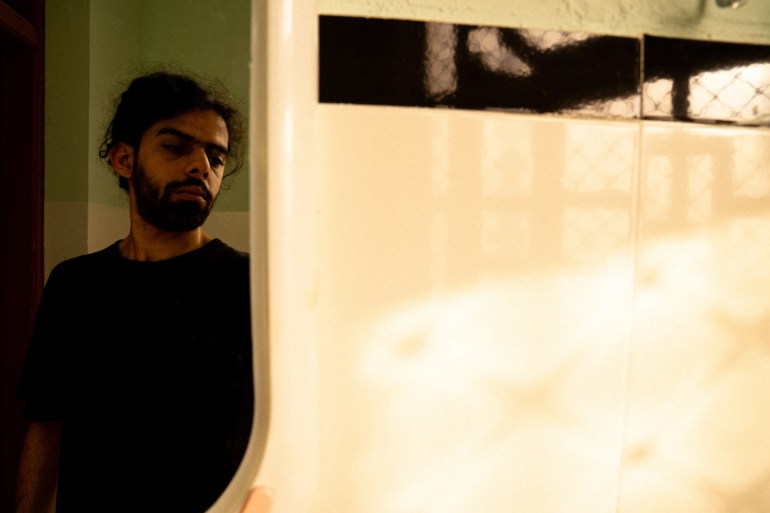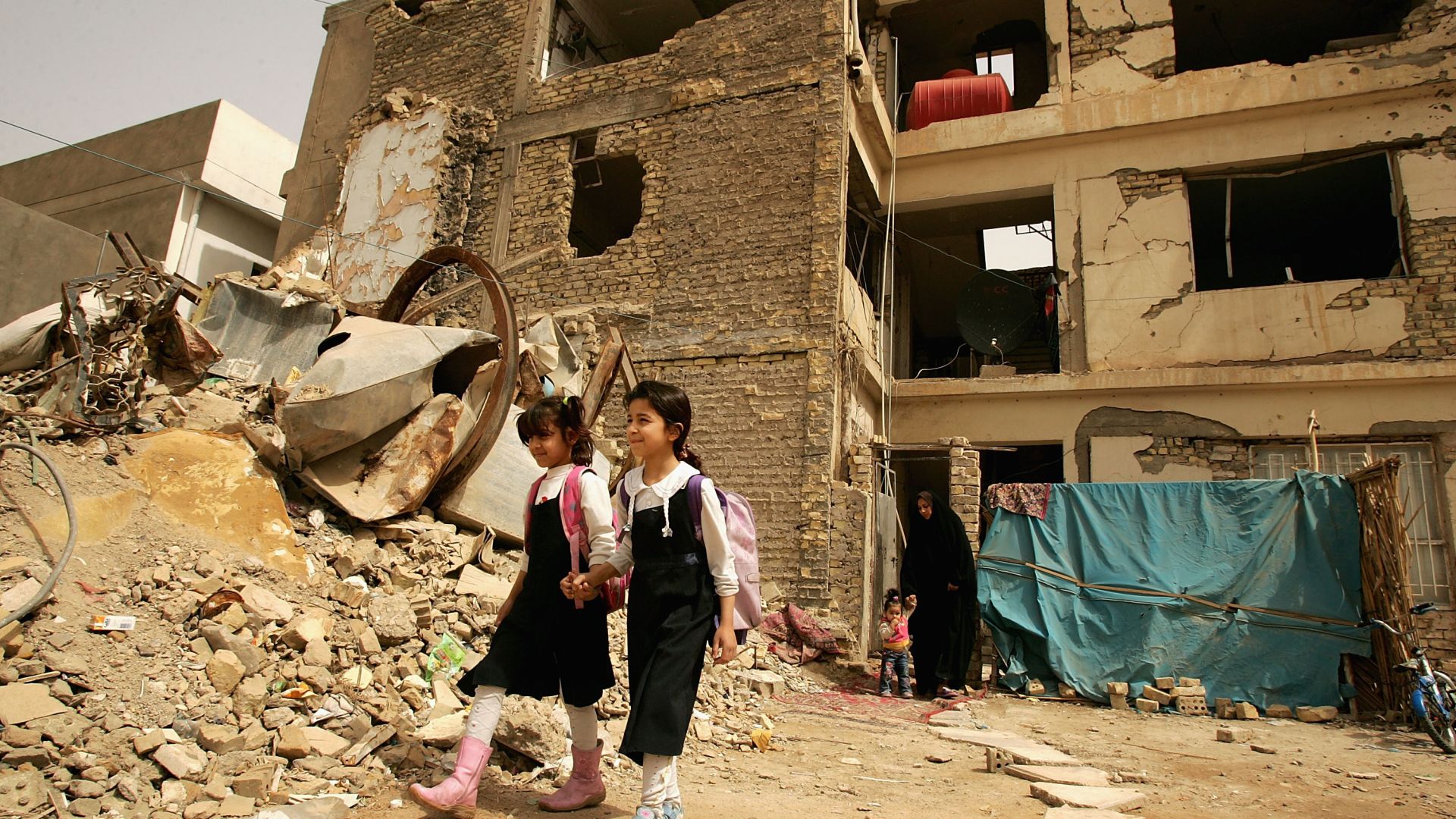'We are still displaced,' 20 years after the Iraq war
What happened to the millions of refugees and displaced Iraqis after the US-led war?
The horrors of war, its long legacy, and its lost lives and heritage haunt Iraq two decades after the US invasion.
“One of my earliest memories is from a week or so before the invasion,” Meethak al-Khatib, an Iraqi journalist and filmmaker, tells Al Jazeera. “I came into our living room. My uncle had come over. He was putting duct tape on all the windows. I asked him why he was doing that. He said so the glass will not turn to shrapnel. While he was doing that, on our TV was the last time I saw Saddam as president.”
On March 19, 2003, a United States-led coalition began bombing Iraq. One day later, a ground invasion began. Al-Khatib was seven years old.
At the time, al-Khatib and his family lived in Ramadi, 110km (70 miles) west of Baghdad. They left their home during the early onset of the invasion, but the family was unable to meet their basic needs in Heet, a city in Al-Anbar province, so they returned to Ramadi to find that US forces had set up a base next to the family home.

“Things in our neighbourhood were very problematic with the US base being near,” al-Khatib says. “We always had the fear of attacks happening on the base. I can recall that an attack or disturbance would occur at least once a week against this base.”
After al-Qaeda's attacks on the US on September 11, 2001, US forces invaded Afghanistan with the purpose of quashing the group’s network and bringing down its leader, Osama bin Laden. Later on, allegations that Iraqi leader Saddam Hussein possessed weapons of mass destruction was used to justify the invasion of Iraq as a continuation of the US "war on terror".
Iraq’s dictator was toppled, but no weapons of mass destruction were ever found.
Instead of the promised democracy, the US war and its destruction scarred the country, its people and culture.
